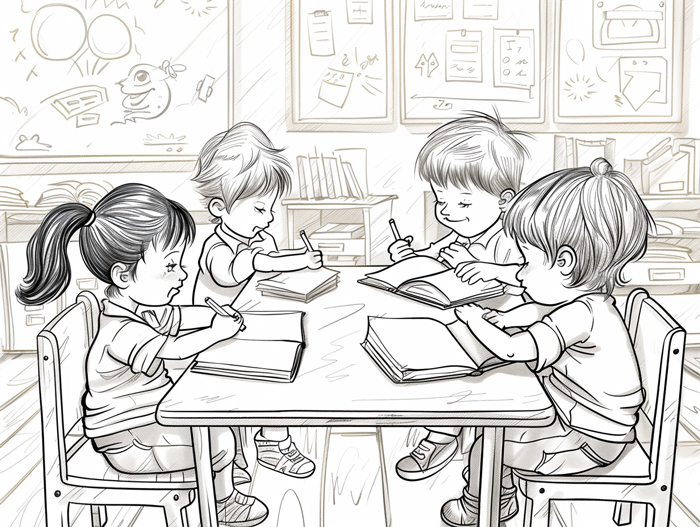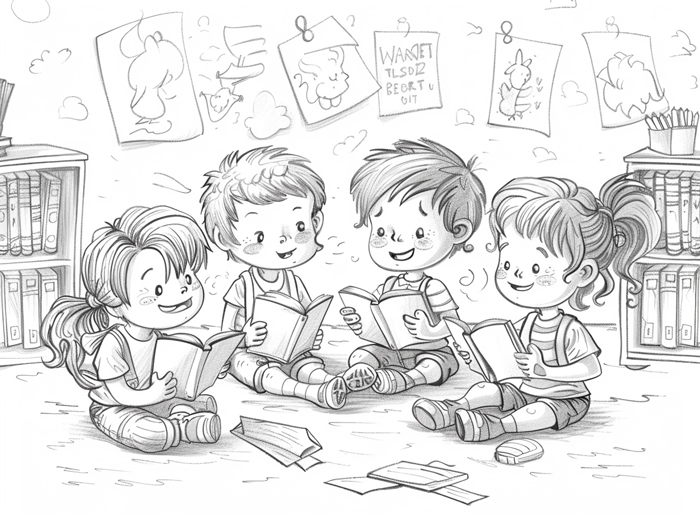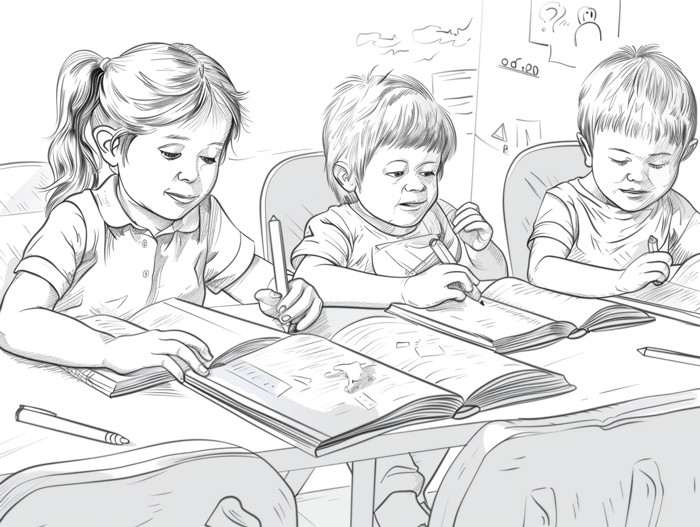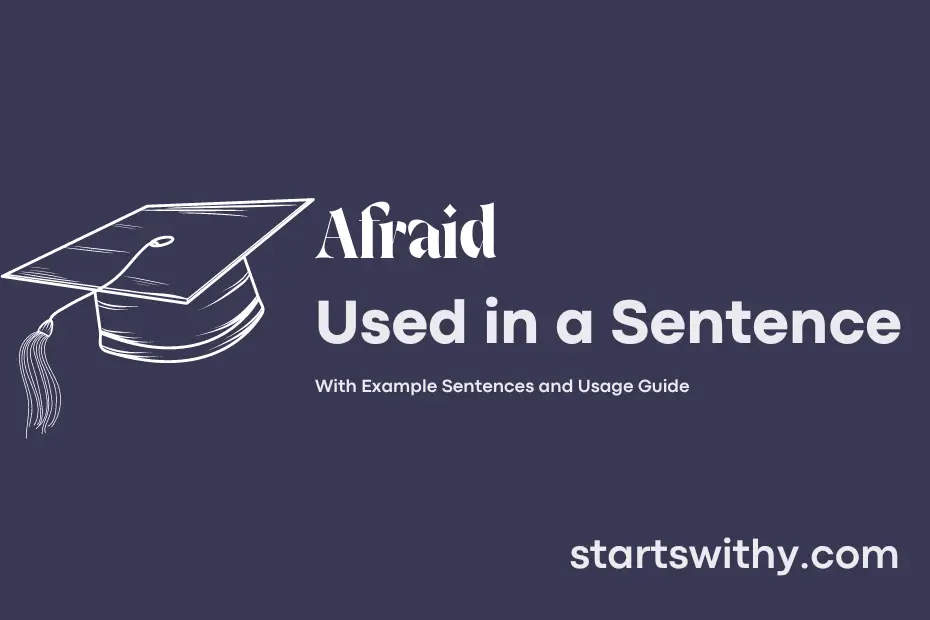Have you ever struggled to express your fears or hesitations in writing? The word “afraid” signifies a feeling of fear or unease about something that may happen or has already occurred. It is often used to convey a sense of vulnerability or apprehension in various situations.
In creating an example sentence with “afraid,” one can effectively demonstrate the use of this word in context. By incorporating it into writing, individuals can explore different ways to articulate their anxieties or worries in a clear and concise manner.
7 Examples Of Afraid Used In a Sentence For Kids
- Afraid of the dark? You can use a nightlight.
- Don’t be afraid to ask for help when you need it.
- Sometimes it’s okay to feel afraid, just remember to stay calm.
- It’s normal to feel afraid of new things, but they can be fun too.
- If you’re afraid of monsters, remember they’re not real.
- Being afraid of thunder is okay, it’s just a loud noise.
- When you feel afraid, take a deep breath and think positive thoughts.

14 Sentences with Afraid Examples
- Afraid of failing their exams, the college students stayed up late studying.
- The new students were afraid of getting lost on the large campus.
- Afraid of public speaking, the student practiced their presentation multiple times.
- The students were afraid of facing peer pressure to participate in unhealthy habits.
- Afraid of not fitting in, the international student was hesitant to join clubs.
- The group of friends were afraid of missing out on valuable networking opportunities.
- The seniors were afraid of not finding a job after graduation.
- Afraid of the strict professor, the students made sure to complete their assignments on time.
- The freshmen were afraid of asking questions in class and appearing uninformed.
- Afraid of disappointing their parents, the students worked hard to achieve good grades.
- The college students were afraid of the rising fees for extracurricular activities.
- Afraid of being judged, the students hesitated to express their opinions during debates.
- The athletes were afraid of injuries that could impact their sports scholarships.
- Afraid of missing deadlines, the students created detailed schedules to manage their time effectively.

How To Use Afraid in Sentences?
To use the word “Afraid” in a sentence, follow these simple steps:
- Determine Context: First, consider the situation or feeling you want to convey. “Afraid” typically implies fear or anxiety.
- Subject Position: Place the subject of your sentence before the word “afraid”. For example: “She was afraid of the dark.”
- Verb Tense: “Afraid” is usually followed by a past-tense verb to indicate something that has already happened. For instance: “He was afraid he had missed the deadline.”
- Object: If there is an object involved, position it after “afraid”. For instance: “He was afraid of spiders.”
- Negative Structure: When forming a negative sentence with “afraid”, use “not” before the word “afraid”. For example: “She was not afraid of public speaking.”
- Question Formation: To form a question using “afraid”, invert the subject and the auxiliary verb. For example: “Are you afraid of heights?”
- Practice: To become more comfortable using the word “Afraid”, practice forming sentences in different tenses and with various subjects and objects.
Remember, “Afraid” is a powerful word that communicates fear or unease. By following these steps and practicing regularly, you will soon become proficient in incorporating it into your sentences with ease.

Conclusion
In writing, sentences with the keyword “afraid” often convey a sense of fear or apprehension. They can be used to express feelings of unease, worry, or uncertainty. Emotions such as anxiety, nervousness, or concern about potential dangers are commonly associated with sentences containing this keyword. Whether discussing personal fears, expressing caution, or describing a character’s trepidation, using the word “afraid” adds depth and emotional resonance to the text.
By incorporating sentences with the word “afraid” in writing, authors can evoke strong emotions in their readers and create a sense of tension or suspense. It is a powerful tool for building atmosphere, developing characters, and engaging the audience on an emotional level. These sentences effectively capture the vulnerability and fragility that come with facing fears, making them a versatile and impactful element in storytelling.



